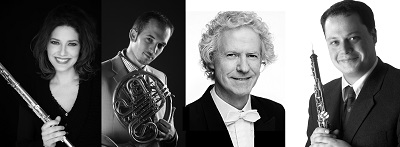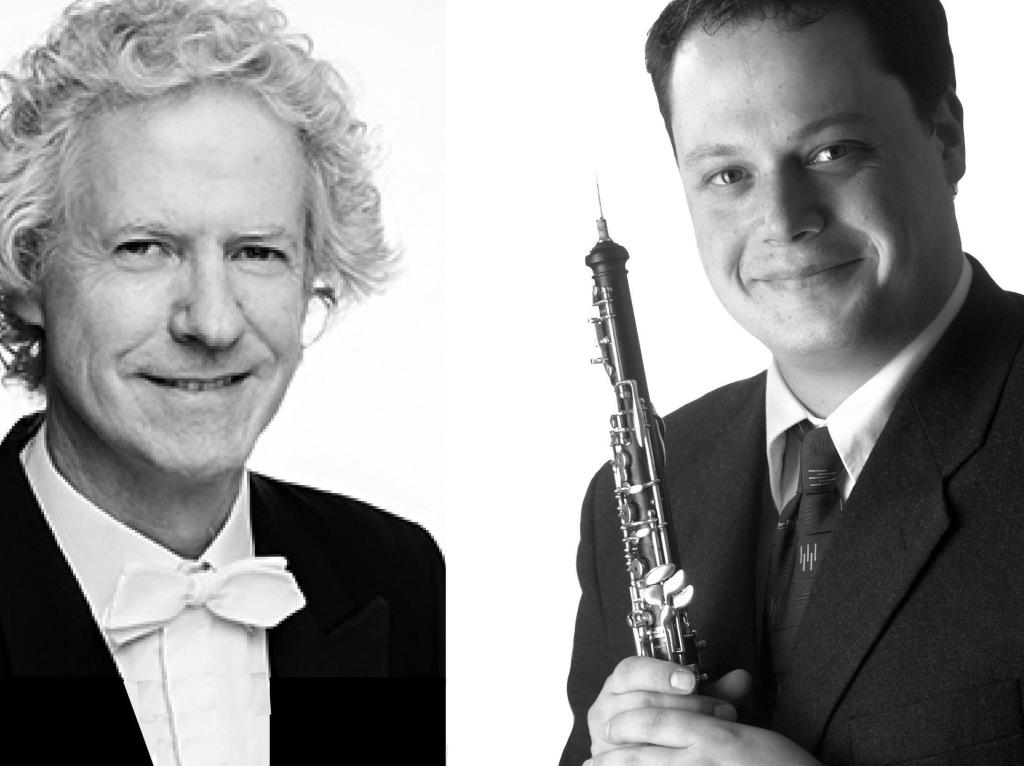The wonderful ANAM Musicians in A Voice for the Silenced. Photograph courtesy of Australian National Academy of Music.

Haas,Schulhoff, Smit and Klein: names that might draw a blank look even in more learned classical music circles but their music will leave an impression that will not easily fade. They all died young at the hands of Nazis but created prodigiously, some up to the moment they were arrested and sent to their death in concentration camps. Not all the music was left completed and fully formed but each note is imprinted indelibly with the hope, fear and confusion of one of humanity’s darkest chapters. It’s astonishing music full of youth, experimentation and fervour, which even in its most sombre moments, courses with a desire to live beyond a rapidly encroaching barrier.
What makes the music so interesting is the context in which it was produced. Pavel Haas was 36 when the Nuremberg Laws were passed in 1935 and 42 when he was deported to Theresienstad concentration camp. He somehow managed to continue writing music until 1944 when he was sent along with 18,000 other inmates to Auschwitz. Like Haas, Erwin Schulhoff received a classical training in Prague and continued to be musically and politically active until he was deported to Wulzburg concentration camp in 1941. Yet after you hear their music, some of which was composed very close to the end of their lives, it beggars belief that it still manages to effervesce with a rambunctious vivacity, which speaks to an urgent desire to live. It is only in the subtle twists of irony, particularly from Schulhoff, that the horror of their circling fate trespasses.
Leo Smit’s work was the stand-out piece and its recent rise in popularity is easy to understand. Heavily influenced by Stravinsky, he too toys with rhythm to create music that flows in excitable sprints punctuated by more considered and complex passages. This elastic approach to tempo is common to all the featured composers though with the others may be more attributable to their love of and influence by jazz. Their approached may have been different but the effect is an exciting brand of classical music infused with all the verve of people determined to rise above the basest and most vile expressions of humanity.
These reanimated compositions were given expression by an outstanding ensemble of ANAM musicians and international fellows. Amongst a plethora of noteworthy performances, Silvia Careddu leading Schulhoff’s flute sonata was a triumph, played with such emotive force that one could not remain unmoved.
A Voice for the Silenced is a brilliantly curated and performed program that will hopefully see a new crop of musicians taking up the works of this lost generation. The music has lost none of its potency and still feels fresh and innovative seventy years after it was written. Though the composers had their lives tragically cut short, they have left a musical legacy that will outlast the cruelty of those who perpetrated it.
Rating: 4 1/2 out of 5 stars
A Voice for the Silenced
Silvia Careddu flute
Nick Deutsch oboe
Matthew Wilkie bassoon
Szabolcs Zempleni French horn
ANAM Musicians
ANAM – South Melbourne Town Hall
20 October 2016





